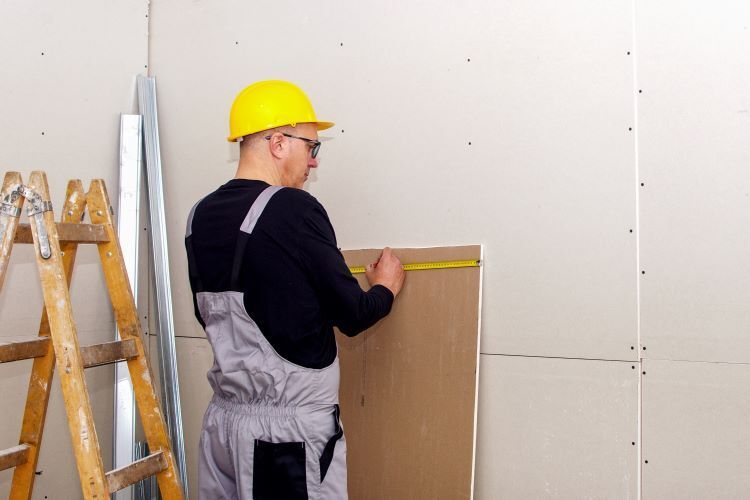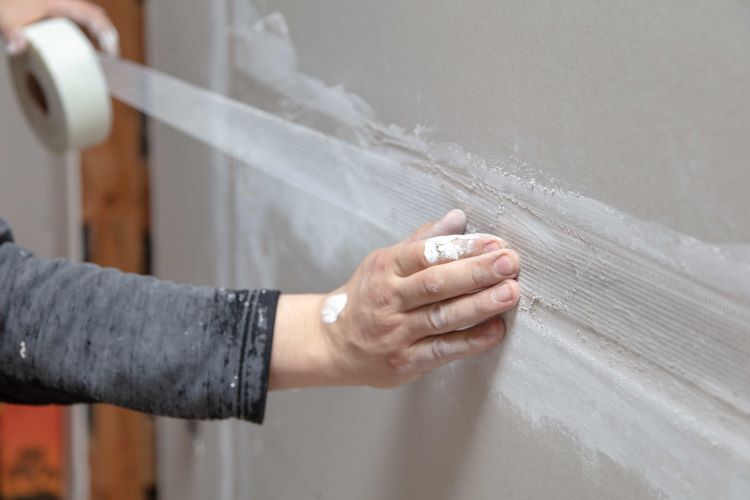How to Avoid Cracks and Dents After Drywall Installation

When it comes to drywall installation, achieving a flawless finish is the ultimate goal. However, even a perfect installation can lead to frustration if cracks and dents appear over time. As a homeowner or contractor in Calgary, you want durable and long-lasting walls. Here’s how to ensure your drywall stays smooth and crack-free for years to come.
1. Start with Proper Installation Techniques
The foundation of crack-resistant drywall lies in meticulous installation:
- Secure Fastening: Use screws rather than nails to attach drywall to studs, as screws are less likely to loosen over time. Ensure they are properly countersunk but not overly tight, which can weaken the drywall.
- Adequate Spacing: Maintain a 1/8-inch gap between sheets to allow for natural expansion and contraction. Use a drywall spacer for consistency.
- Proper Stud Alignment: Ensure studs are straight and evenly spaced at 16 or 24 inches apart to prevent uneven pressure on the drywall sheets.
2. Choose the Right Materials
The type of drywall and joint compound you use significantly impacts its durability:
- Moisture-Resistant Drywall: In Calgary's variable climate, moisture can lead to cracks. Use moisture-resistant drywall in areas like basements or bathrooms to reduce expansion-related damage.
- Flexible Joint Compound: Opt for a high-quality, flexible joint compound to better withstand shifts in your home’s structure.
3. Perfect the Taping and Mudding Process
A professional finish relies on seamless taping and mudding:
- Embed Tape Properly: Use paper tape for stronger seams and ensure it is fully embedded in the joint compound to prevent peeling or cracking.
- Layer Gradually: Apply three thin coats of joint compound, allowing each coat to dry fully before sanding and adding the next layer. This creates a smooth, crack-free surface.
- Feather Edges: Feathering the edges of each layer minimizes bumps and reduces the likelihood of dents during sanding.
4. Minimize Structural Movement
Homes naturally shift over time, but there are ways to mitigate its impact:
- Control Moisture Levels: Install dehumidifiers in high-humidity areas to prevent drywall from absorbing moisture and expanding.
- Ensure Strong Foundations: Cracks often appear due to foundation issues. Regularly inspect and maintain your home’s foundation to prevent structural shifting.
5. Protect During and After Installation
Dents and damage often occur during construction or daily use:
- Avoid Impact: Use corner bead protectors and baseboard trims to shield vulnerable areas from furniture and foot traffic.
- Primer and Paint: Apply a high-quality primer before painting to seal the drywall surface and add an extra layer of protection.
6. Hire Professionals for Lasting Results
DIY drywall installation can lead to common mistakes that compromise its durability. Hiring experienced professionals like Calgary Drywallers ensures your walls are installed and finished with expert precision, minimizing the risk of future damage.
Conclusion
Cracks and dents in drywall are avoidable with proper techniques, quality materials, and a focus on preventing structural movement. At Calgary Drywallers, we specialize in durable, flawless drywall installation tailored to Calgary's unique environment.
Need expert drywall services? Contact Calgary Drywallers today for a consultation and let us bring your vision to life!
You might also like


